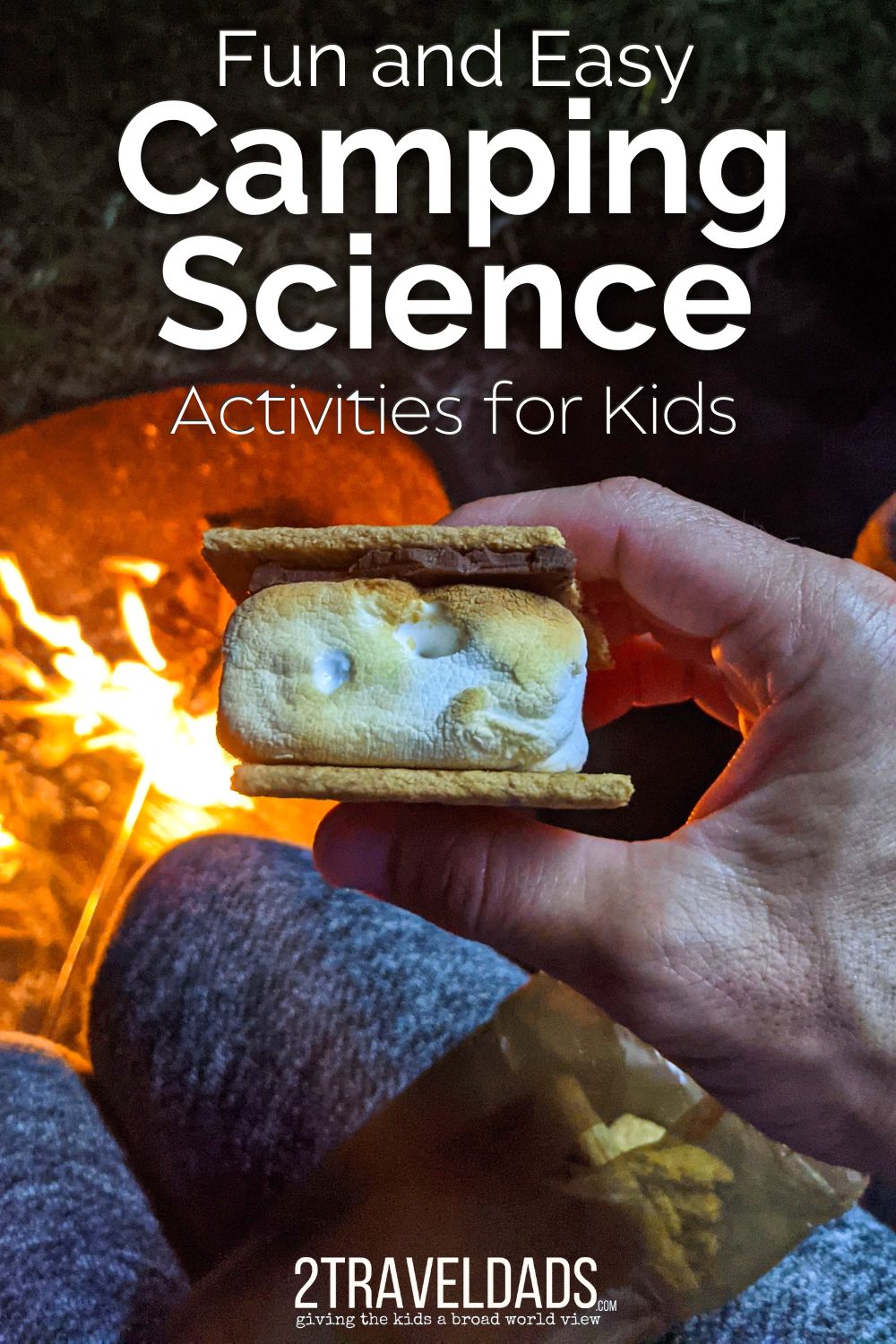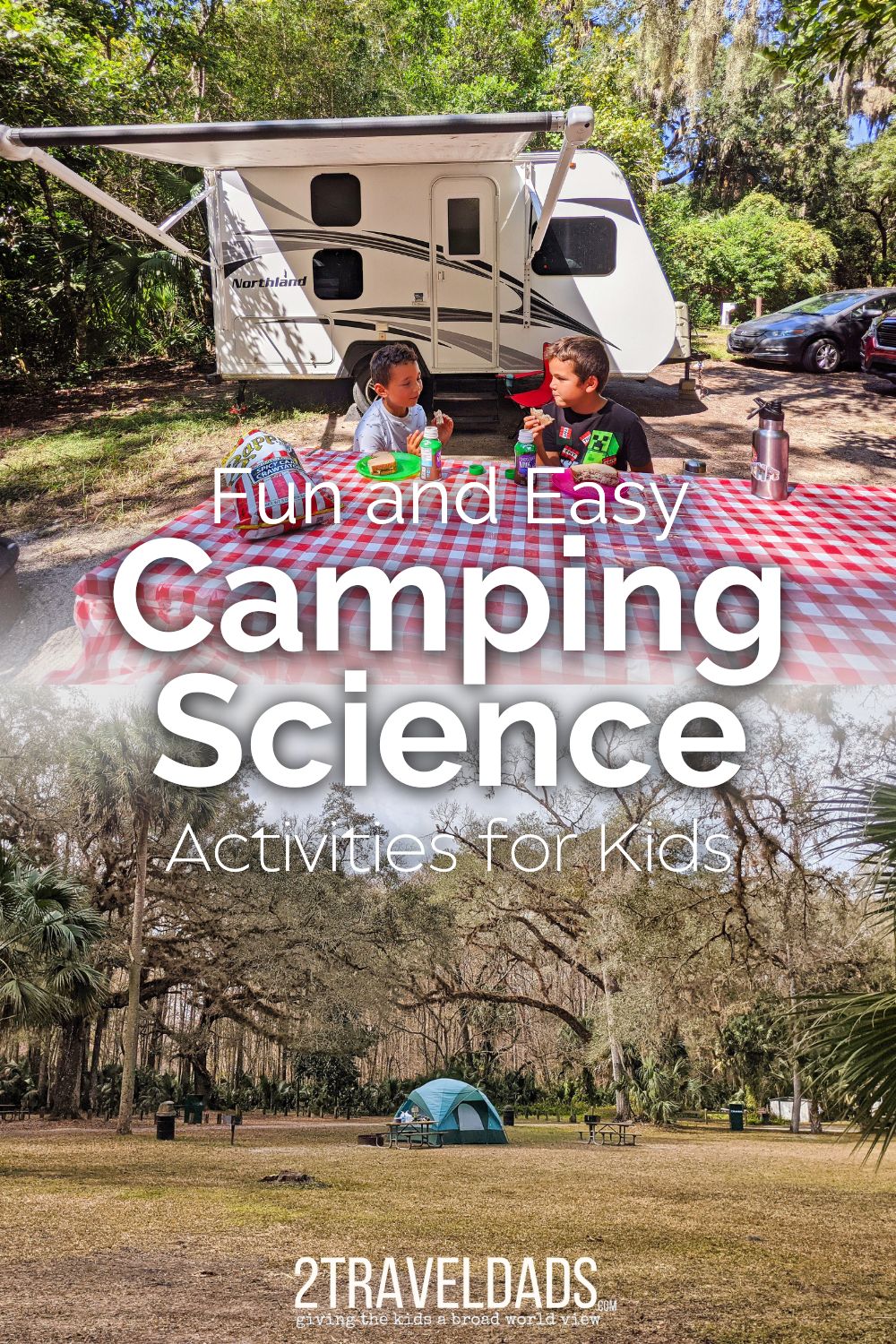When our kids were younger we camped all the time and it was always a chance to learn things and just have fun. Camping with your kids is a wonderful opportunity to get away from the hustle and bustle of everyday life. Not only can they explore nature but they can spend time doing fun activities with the family. Camping is a way for different generations to connect and have an enormous amount of fun. We’ve got some wonderful, EASY camping science activities for kids you’ll all enjoy.
After the fun camping science activities we’ve got a list of some of the essentials you’ll need for your trip. You’ll be set for a great outdoor experience that you’ll want to do again and again. If you have any questions about camping with kids, other sciency things or need some additional suggestions, please leave a comment or send us a note. We’re always happy to share more and help others get out into the great outdoors!
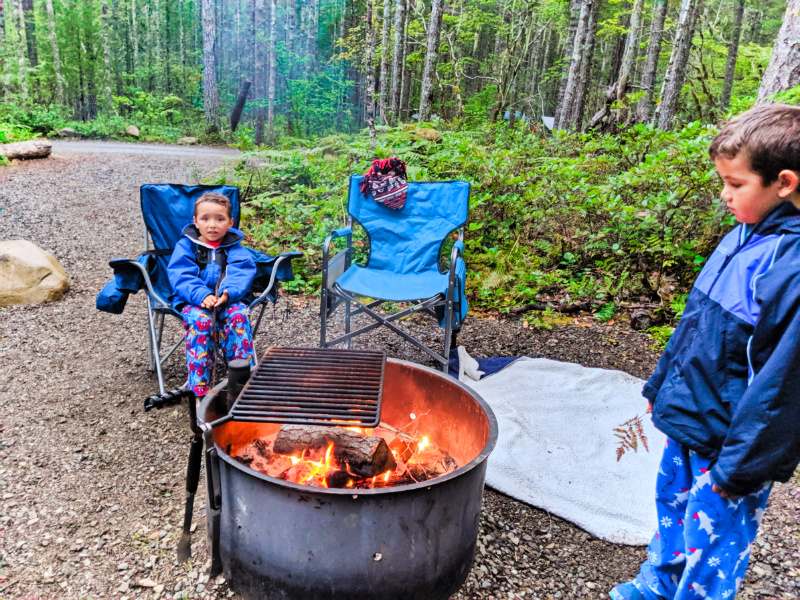
Fun Science Activities for Kids During Your Camping Trip
When you decide to take your kids on a camping trip, you’ll need to find a great campsite and pack the right gear, as well as stock up on essential supplies. But, there’s one thing that many first-time camping parents fail to plan for: the dreaded “bored children.”
You might have a challenge on your hands if your kids are screen junkies because chances are, there is no WI-FI or battery charging points where you’re going!
I recommend planning a few fun camping activities for the kids to do both during the day as well as the evening. It’s important to research activities that will be fun and age-appropriate for all the kids on your trip. Plan extra activities to make sure your kids will have something to do the entire time you’re outdoors.
Get the Ultimate Travel Journal for Kids to keep them entertained!
Aside from the usual swimming, ball games and ghost stories you can also consider a few fun science activities for camping. Let’s look at a few interesting and fun ideas that are easy enough to do at a campsite, and fun enough to keep kids’ attention.
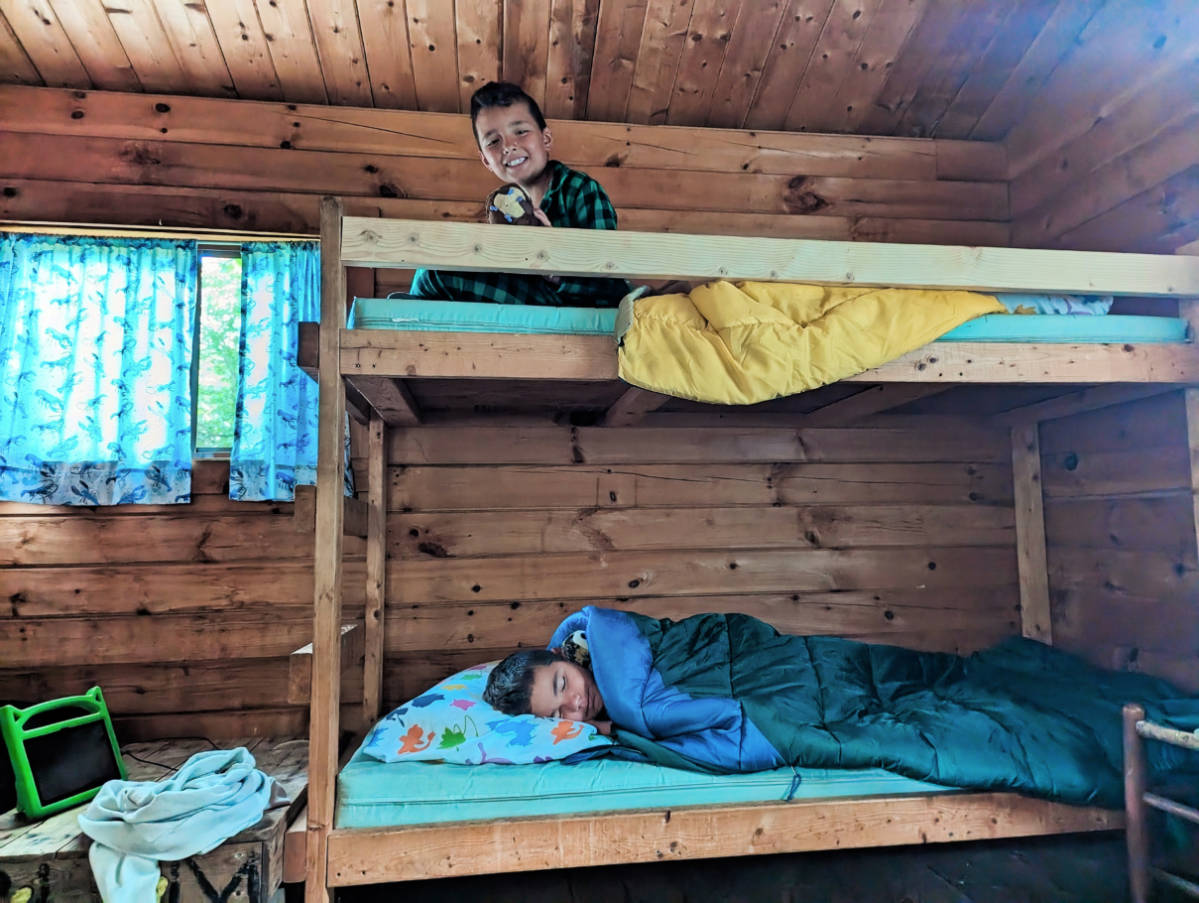
Camping Science Activities with Marshmallows
When you’re camping with kids, nothing says fun quite like marshmallows. Whether you’re roasting them or making s’mores, marshmallows can provide hours of fun and tasty entertainment.
Roasting marshmallows over an open fire can be a whole lot of fun for older children. For smaller children, you might consider making your own marshmallow mix as entertainment. This is a great way to include smaller toddlers in the activities to create teamwork. The little ones can help with putting the easy and light ingredients into the mixing bowl so they feel valued.
You can use mixing marshmallows as a fun way to teach the kids about the chemistry of mixing gelatin, sugar, and corn syrup. Yes, there’s an element of patience with letting the marshmallows set, but between the camping science activity of mixing marshmallows and the treat of eating them, I’m sure they’ll be fine with the delay.
Allowing the older kids to cook the marshmallows over the fire will teach them about temperatures that transform the ingredients into tasty marshmallow squares. (instructions below)
Toddlers can help by adding some chocolate chips or sprinkles to the mix. Always make sure they don’t touch the hot container. You can also let the kids make some marshmallows for the road home.
Alternatively, you and the kids can make some marshmallows before the trip as well. That way they can compare making it on the stove to a much simpler way of making them on an open fire.
What you’ll need: Pot with handle, cloth to hold the handle, ingredients, skewer sticks, paper plates.
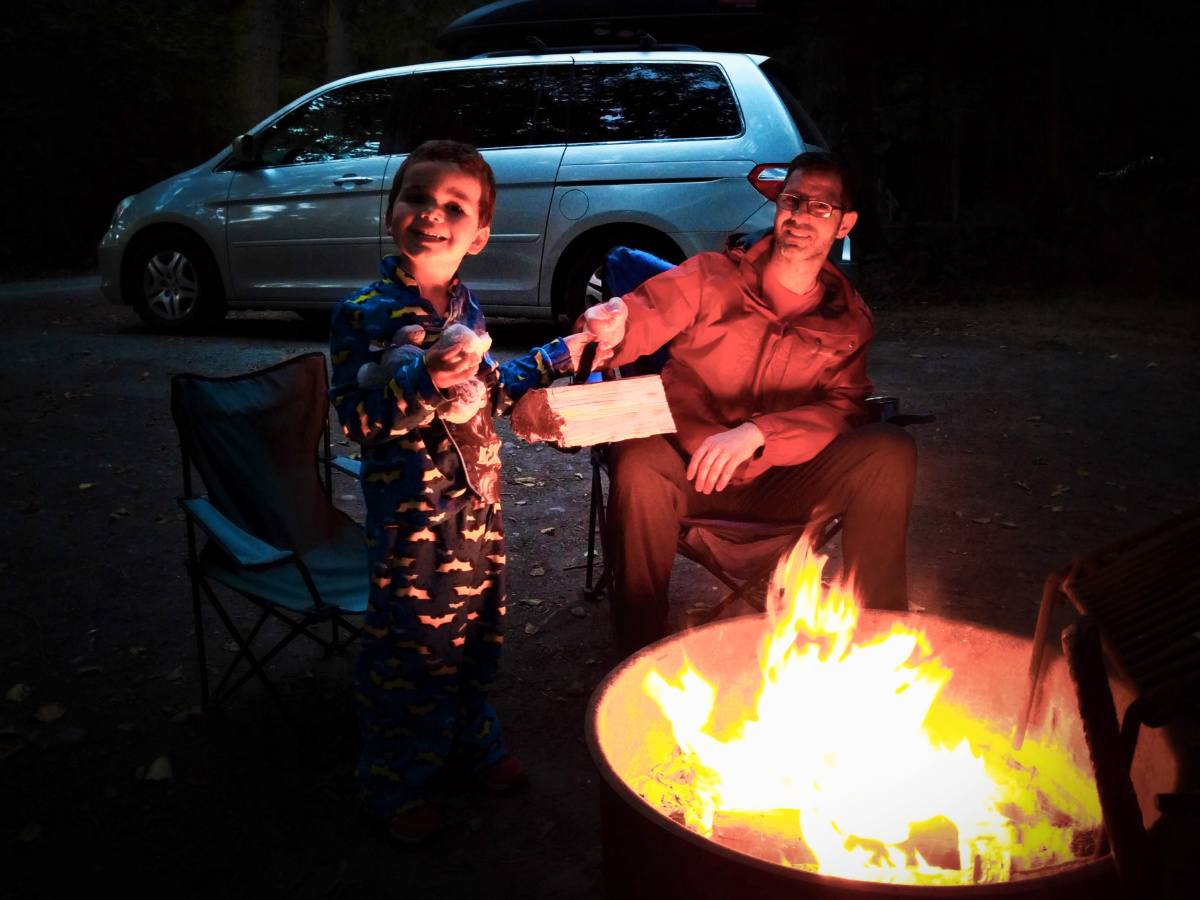
Homemade Marshmallow Recipe
I suggest prepping all ingredients at home before you head out camping, and if you want you can even do this as an at-home activity and then BRING the finished marshmallow product with you on your camping trip.
Ingredients for marshmallows:
- ½ cup powdered sugar
- 1 cup granulated sugar
- ⅛ teaspoon of salt
- Two envelopes of unflavored gelatin
- ¼ cup of cold water
- ¼ corn syrup
- 1 large egg white
- ½ vanilla extract
Marshmallow instructions:
- Line baking tray with parchment paper
- In a bowl sprinkle gelatin in ½ water and let it sit for 10 minutes
- In a saucepan mix corn syrup, sugar, ¼ cup of water; mix until sugar is dissolved
- Put the sauce pan on a grill over burning coals and bring the mixture to a boil; leave it to boil for 1 minute without stirring
- Pour the boiling mixture into the gelatin/water mixture; whisk the mixture until peaks form and its cooled to room temperature.
- Add vanilla extract and mix some more.
- Transfer your mixture into your baking tray and place greased parchment paper on top of the mixture to seal it.
- Let the mixture sit overnight or until its set.
- Dust a board with confectioners sugar, remove the set marshmallow and place it on the board.
- Use a sharp knife to cut the marshmallow into squares.
- Place on paper plates and serve.
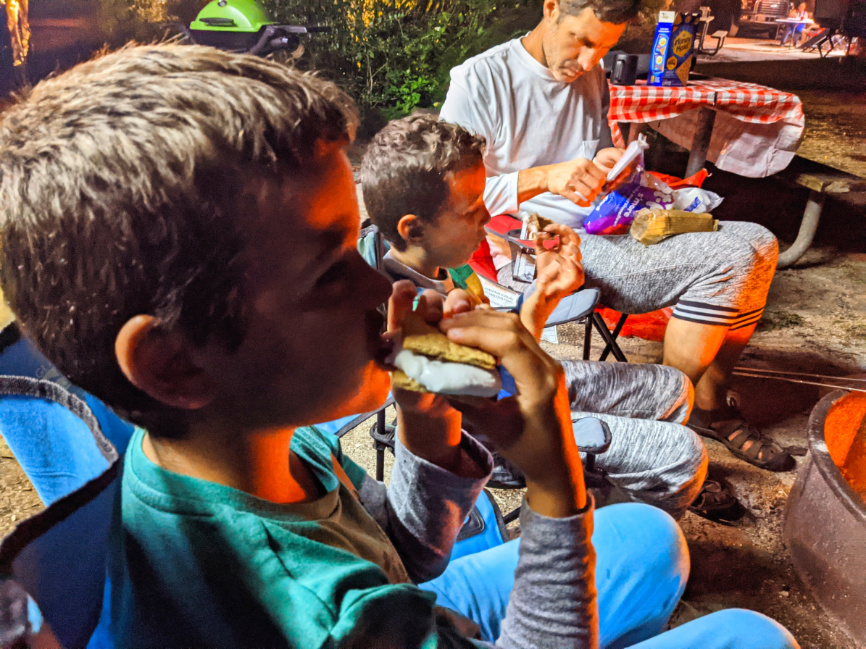
Determining Which Type of Wood Burns Slower
Part of the fun of camping with kids is sitting around the campfire. You can tell stories, roast a couple of hot dogs and just enjoy the night air. A fun science activity to keep the kids entertained is to determine which wood burns slower.
Here’s what you can do to make this fun for the kids.
- Research the required materials or conditions needed to sustain a good campfire.
- The kids then need to gather different types of wood of equal size from around the campsite (where allowed).
- Using the knowledge they have, the young campers will have to determine which wood burns slower.
- Create a bed of charcoal briquets to place the wood samples on to allow for an even burn.
- You can encourage them to weigh the samples and use a timer to determine the burn time of each type of wood. If you’re also fishing while camping and have a fish scale, this will do for weighing smaller pieces, otherwise don’t worry about this step.
What you’ll need: small scale to weigh wood, notepad to make notes, pencil, charcoal briquets, matches
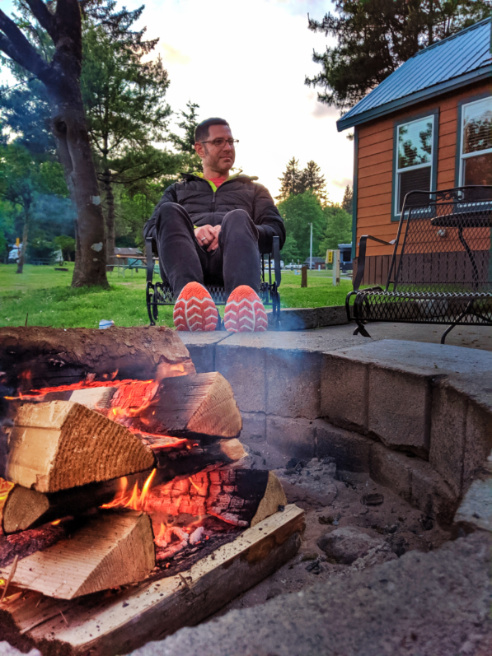
Stargazing with a Telescope
Stargazing is commonly known as one of the greatest perks of an exciting camping trip. Camping usually takes place considerably far away from the city, which means you’re exposed to clear pollution-free skies. That makes for the perfect setting for exploring the heavens and teaching your kids all about the galaxy. With a bit of luck, you’ll even see a meteor shower. A tip here would be to invest in an informative book on the subject so that the kids can look up any unusual anomalies as they happen.
If you don’t feel comfortable taking your telescope to a camping site, the kids can still view the stars by lying on a blanket and counting stars, looking at different light strengths and watching for meteor showers. You may also try to use binoculars. If the kids are going to count stars, encourage them to count the stars the night before they leave home. And then compare it to the number of stars in the sky on the first night out camping. That will show them the difference that city pollution makes to the stars you can see!
What you’ll need: Small telescope, book on stars, notebook for notes
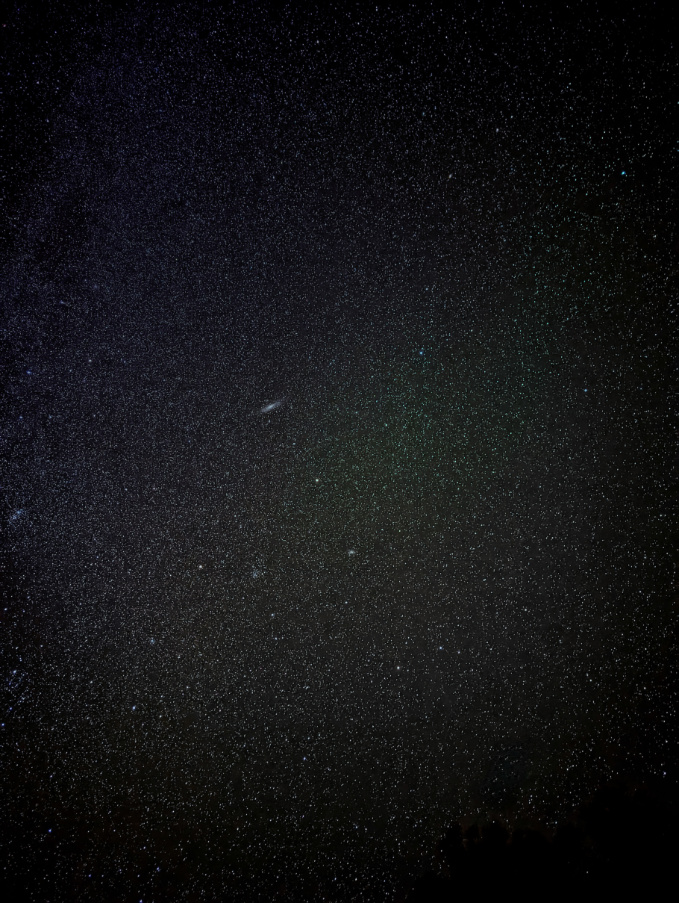
Seeing the Northern Lights when Camping
If you’re camping further north and it’s either before late May or after mid August you can maybe use the night sky to also teach a little about the Northern Lights, aka the Aurora Borealis. Before your camping trip, check the NOAA Aurora Forecast to see if there is a good chance of a strong Northern Lights display for the duration of your trip. You’ll be able to see the projected strength AND the line of visibility. Although it’s not 100% accurate, we use this tool all the time and have had great luck getting to see the Northern Lights while camping or just traveling in general.
For the science activity end of it, print or download THIS PAGE in advance so you can share the full scoop on what makes the auroras happen and you can show some examples. If you’re lucky enough to get some Northern Lights, be sure that you’ve got a tripod and a good camera phone to capture photos, as they do a better job showing off the green light and movement than the naked eye.
Check out our article on photographing the northern lights for more tips and best practices to make staying up late and watching the sky as worthwhile as possible.
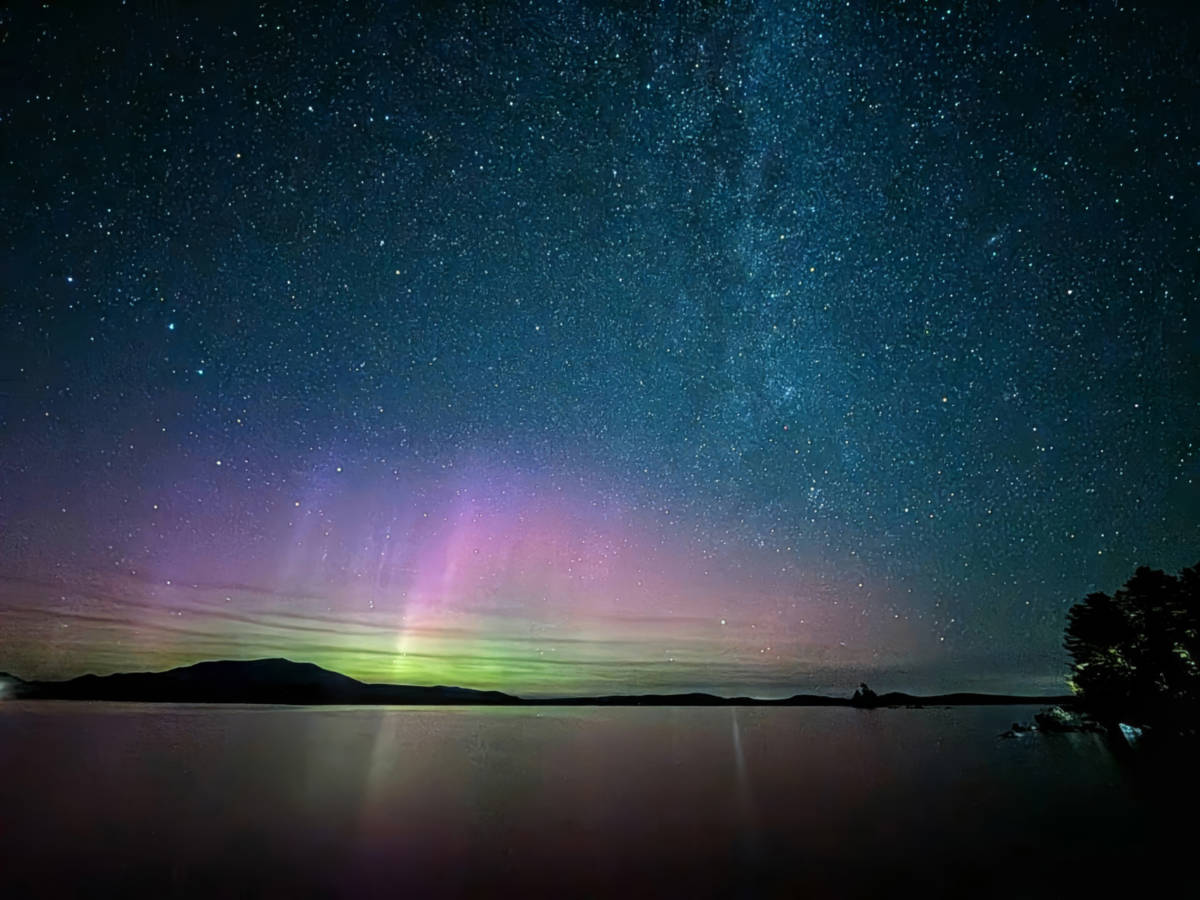
Looking at Rock Formations
Teaching children about the different rock formations can be a fun and interactive way to pass the time during the day. You can focus on different types, sizes and cycles of rocks. Once again, a book will come in handy. If you’re camping at places known for their interesting geology, such as the Utah National Parks or if you’re doing a camping road trip through Colorado, you’ll have lots of opportunities to find local geology guides, particularly in park shops.
Encourage the kids to collect different rocks and then make miniature formations similar to the ones that are in the book or around the campsite. Show them how to identify each type of rock according to the information in the book.
This is an activity that the toddlers can be involved in as well. They can assist in collecting little rocks around the site. Older children can search the book for similarities and identifications. Everyone can assist in creating the rock formations.
Another aspect of this game involves getting the kids to draw the rock formations they’ve created. Keep these drawings and create a scrapbook for the rock formations they see around different campsites.
What you’ll need: Rock identification book, sketch pad, pencils
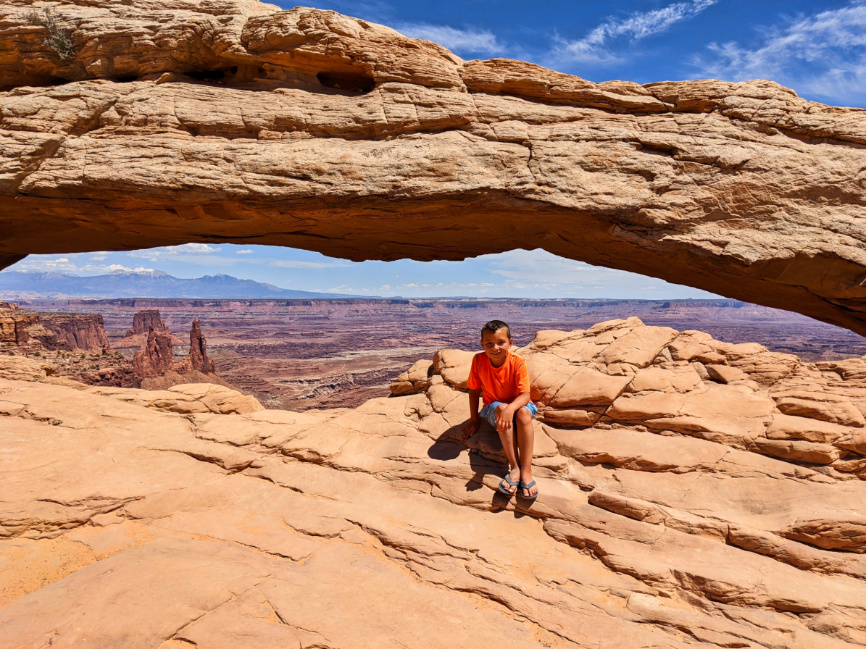
How to Use Solar Energy to Cook and Heat Water
Another fun activity to do when you take your kids camping is to teach them some fire-starting skills and safety, but in addition to this, you can teach them how to make solar energy using garbage bags during the hottest part of the day. This is one of the easiest camping science activities to do and it’s really helpful if you’re camping somewhere more remote and you need to use a portable camping shower.
- Place a garbage bag over a container of water (or camp show bag)
- Place this in an area where the sun shines brightly. So, not under a tree or in the shade.
- Let the kids check on the container throughout the day to see how the water is heating up.
- Everyone gets to enjoy a warm shower in the wilderness or it can be used to help with dishes and camping clean up.
What you’ll need: A few garbage bags, a pot for water
Camping Essentials for Kids You Shouldn’t Leave Home Without
As every experienced camping parent will tell you, camping with your children requires a little preparation before the time comes to leave the house, and that’s even if you’re not planning on camping science activities. The last thing you want is fussing, cold or sick children on your hands because you forget some of the essentials.
Read on for a list of items you should always include in your children’s camping bags:
- Jackets: Even if the weather report predicts warm and sunny temperatures, it’s important to take jackets. Remember, temperatures could drop in the evenings, and you never know when a bout of rain will suddenly make an appearance!
- Toiletries: It’s important to pack toiletries such as toilet paper, a small bottle of liquid soap, a small towel and a face cloth. Smaller bottles will be lighter to carry.
- Flashlight: Ideally, each person on the camping trip should have their own torch (or smartphone). That way everyone has light with them at night. It’ll also make your kids feel safer at night if they have their own light.
- Hand sanitizer: Your campsite might not be near clean water. Hand sanitizer is a perfect way to keep hands clean.
- Camping snacks: A variety of nonperishable snacks is crucial. Kids need something to snack on while they wait for dinner or lunch to be prepared. Ensure you have food as well as bottled water and a couple of juices.
- Sunscreen: Never leave home without sunscreen for all the children, irrespective of their ages.
- Hat: Everyone should have a hat to protect delicate little skins from sunburn.
- Baby wipes: Baby wipes go hand in hand with the hand sanitizer and can be used to keep everything from hands to eating utensils clean.
- Insect repellant: Camping is guaranteed to put your kids in direct contact with some creepy crawlies. This can leave you with fussy little ones when they start itching from mosquito bites.
- Antihistamine: Always keep some antihistamine in your own bag. You never know when a plant or insect will cause an allergic reaction.
I’ve found it useful to give older children their own backpacks with their essentials in it for them to manage themselves. That way they always have what they need right with them. Getting them involved in packing and checking their own bags adds to the excitement of the trip. Always double-check their bags before leaving on your journey. Now that our kids are older, they’re pretty good about packing, but I still double check their work and it never fails that we need to add missing items.
Whether you’re camping with kids or not, being prepared with car camping essentials will ensure your adventure in nature is fun, comfortable and happy.
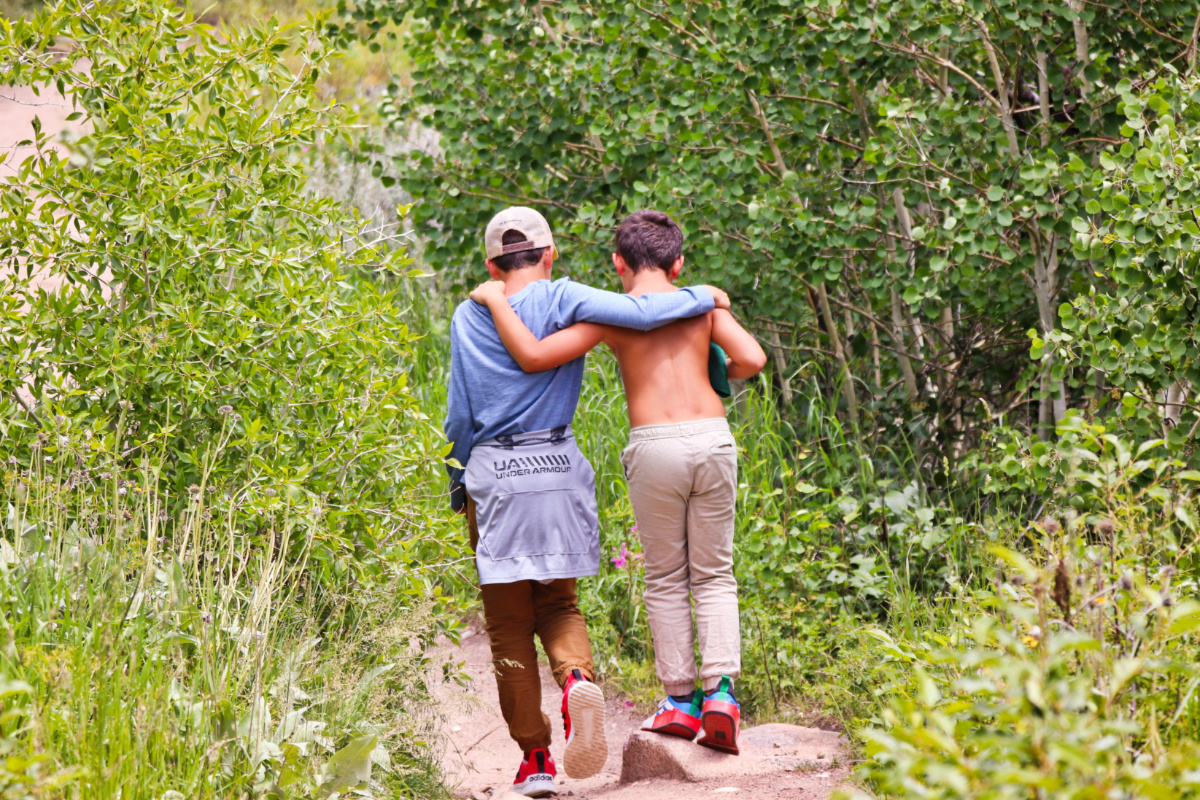
Camping with children can be an unforgettable experience. If you do it right, it might become an activity that you and your kids could do regularly. Not only is it healthy to spend some time outdoors, but it’s a wonderful break from screens, devices, and homework.
It’s important to choose the right camp site, pack the essentials and plan a few fun science activities to keep the kids entertained. Encourage team activities that include everyone. Divide the chores and teach children the fundamentals of camping and remember to have fun!
If you have any questions about our other camping tips or need help planning a camping adventure for your family, please let us know by leaving a comment or sending us a note. We’re proficient in tent camping, cabins, glamping and beyond, so pick our brains to make your adventures awesome!
